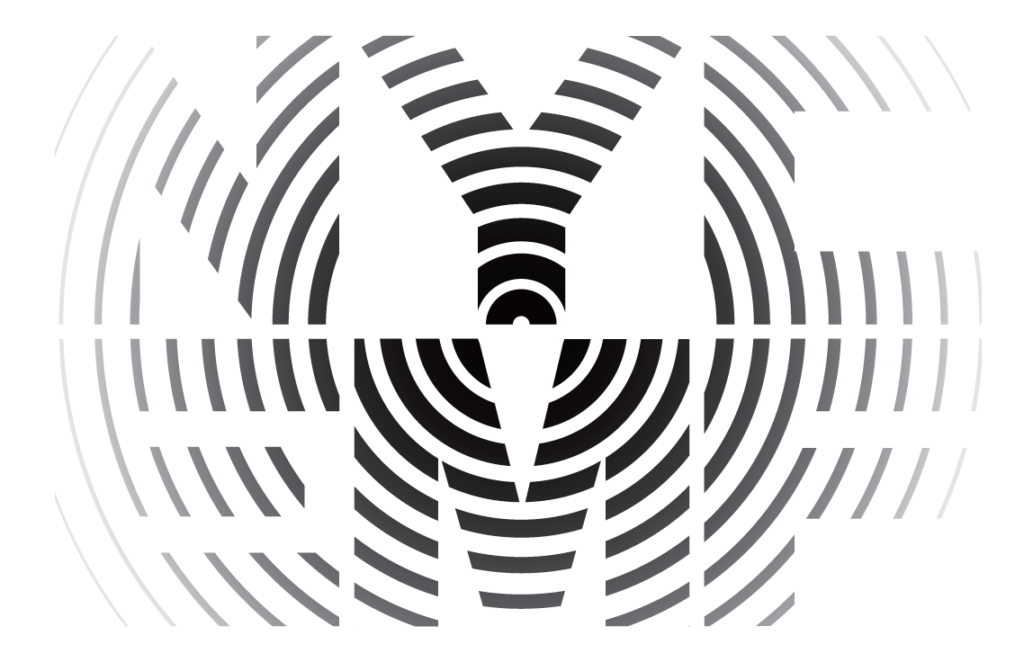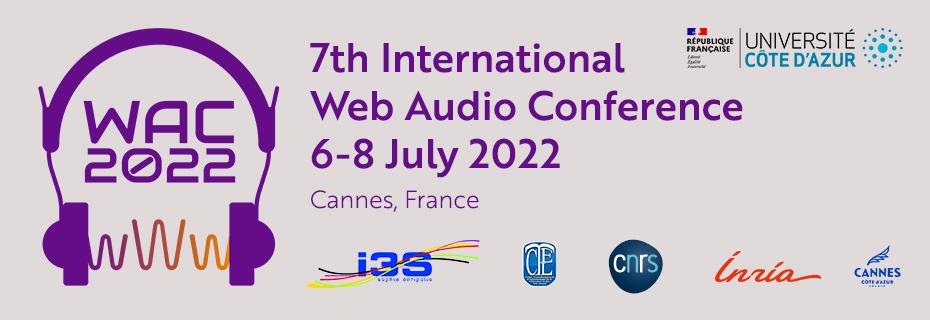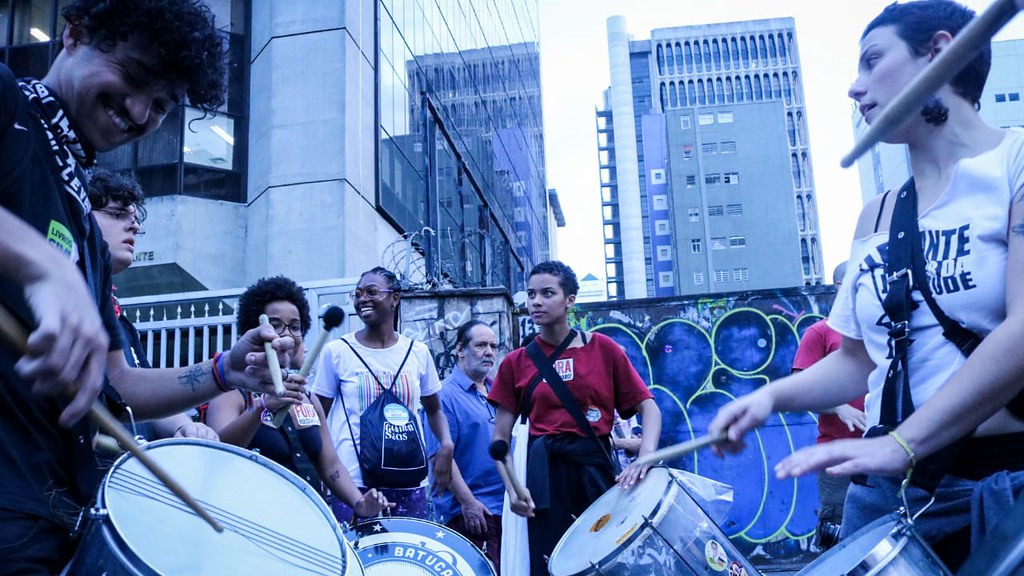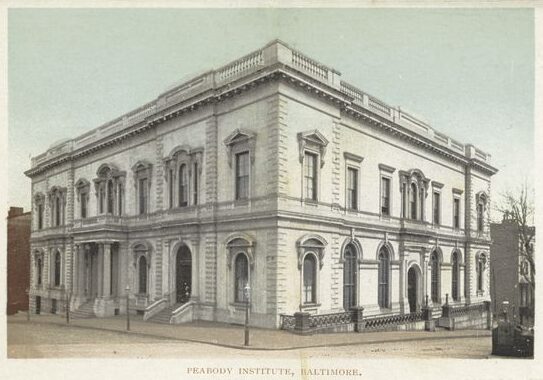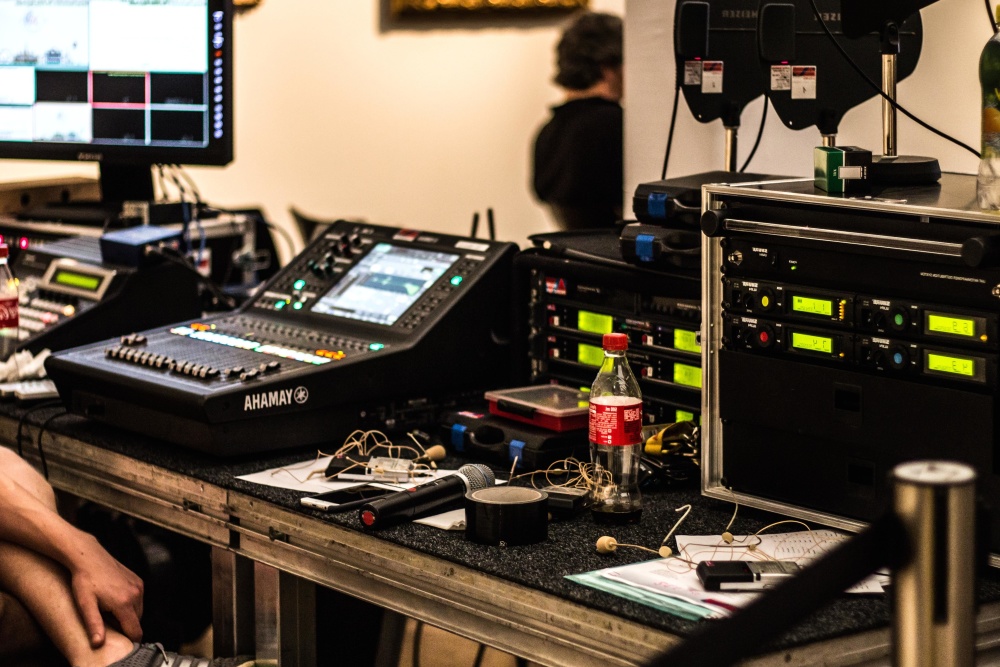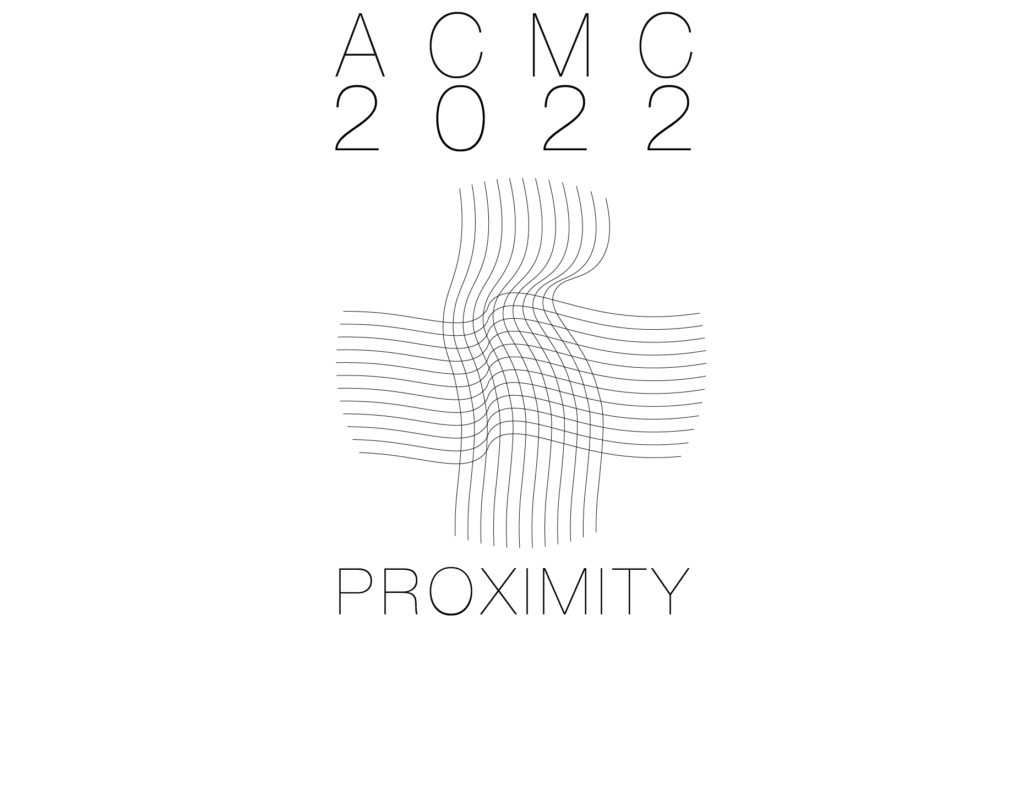
Super excited to be back with friends at the Australasian Computer Music Conference for both an Artist Talk and a performance of Politics I. There will be quite a few housekeeping updates to the software, but most notable will be Discord integration for users without twitter or for those who can’t text US numbers!
You can find our more about the conference here. Once I get the conference schedule, I’ll update this post!
Update: The Artist Talk will be at 11:00PM EST 8/30/22, and a link to the event can be found here: https://www.acmc2022.com/artist-talks
Update 2: The performance of Politics I, Cybernetic Republic will be during the artist talk. toy_3 will be performed during the Day Two morning concert (5:30PM EST 8/31/22, 9:30AM NZT 9/1/22). https://www.acmc2022.com/day-two-morning-concert
